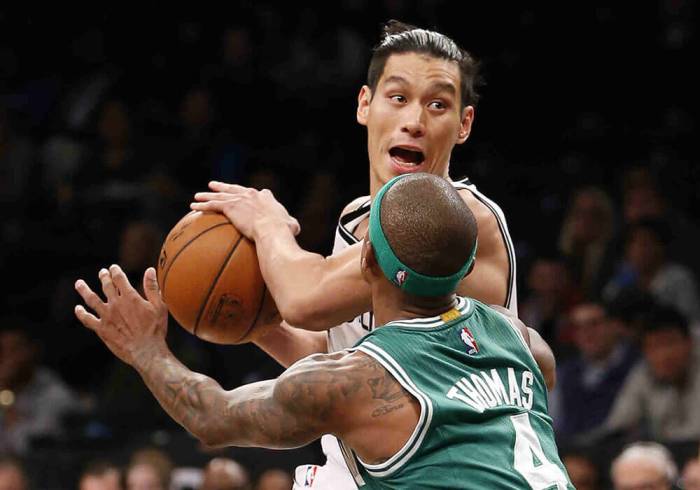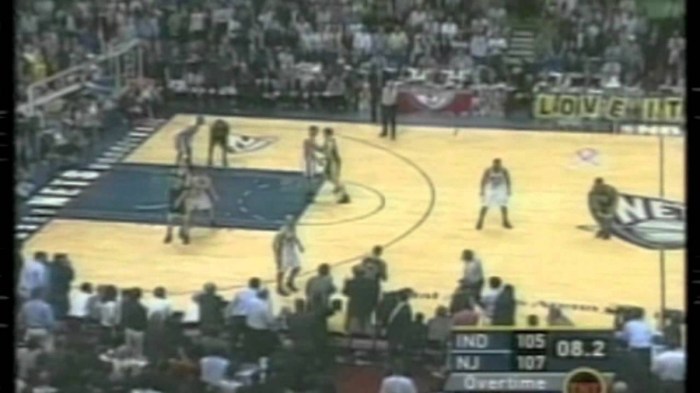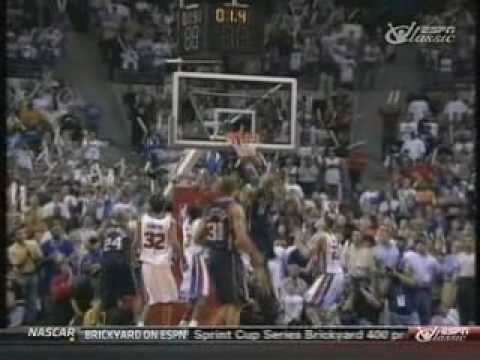
The Nets, all things considered, aren’t very good. As of today, they rank 18th in the NBA in offensive efficiency, last in defensive efficiency, and just lost three consecutive games at home to teams with a combined 39-96 record. They’d need to go undefeated for the rest of the season just to hit .500.
To understand just how not good they are, I dove into NBA.com’s fancy new stats tool, currently under wraps save a few media members and some weird Nets blogger who got invited by accident. More than anything, I was curious about how the Nets shot and defended from different locations on the floor, and how teams maximized their potential scoring on shot location alone. What I found wasn’t surprising, but still deflating.
NBA.com slices the court into five basic zones: the restricted area, the painted area (non-restricted), mid-range, the corner 3, and the “above the break” 3. Here are the league averages from each location:
[table id=28 /]
This table teaches us a few things. Teams get the bulk of their points at the rim and in midrange, with startlingly contrasted efficiency. The most efficient shot in the NBA this year, unsurprisingly, comes right at the rim, and it’s where more shots have taken place than anywhere else. If shots don’t come at the rim, teams then fall back to the midrange jumper, an easier shot to find in an offense, but at a greater cost — teams average nearly half a point less per shot when they shoot from midrange as opposed to the rim. Additionally, the table also doesn’t take into account fouls drawn, which occur far more at the rim than in the midrange area.
The chart also reinforces some conventional wisdom. Corner three-pointers are a norm for efficiency; the corner is a dead-on angle, it’s 21 inches closer to the basket than the wings, and due to the small spacing (only three feet separate the corner three-point line from out-of-bounds) there’s no incentive to step back. However, those shots are far more difficult to come by, and teams defend them well; despite being the second-most efficient zone on the court, teams take nearly three times more three-pointers from above the break than below it.
Let’s now take a look at the Nets’ efficiency, from each of the five areas:
[table id=29 /]
Above league average in green, below average in red.
A few takeaways:
How about Nets opponents?
[table id=30 /]
Yikes. That’s a lot of red.
Nets opponents score a dominating 1.24 points per shot on shots in the paint, and an equally fantastic 1.17 points per shot from the corner. Likewise, Nets opponents shoot at an above-average rate from every spot on the floor. Even the green on the chart reeks of poor planning: Nets opponents shoot fewer shots per game from the less efficient spots on the floor, since they’re so busy filling it up from the quality spaces.
The Nets have a lot of things to fix before their move to Brooklyn, but the one that’s hurt them considerably since the Jason Collins/Kenyon Martin era is interior defense. Brook Lopez is an upgrade over Shelden Williams defensively on size alone, but he’s not a particularly effective defender, and Humphries has had some issues on the defensive end that he’s trying to work out as well. But that’s just the first step towards effective defense; the Nets aren’t stopping shots at the rim, but they’re not stopping them anywhere else, either. And save for the anytime-shots they’re getting offensively, they’re not making enough to offset the difference.

















